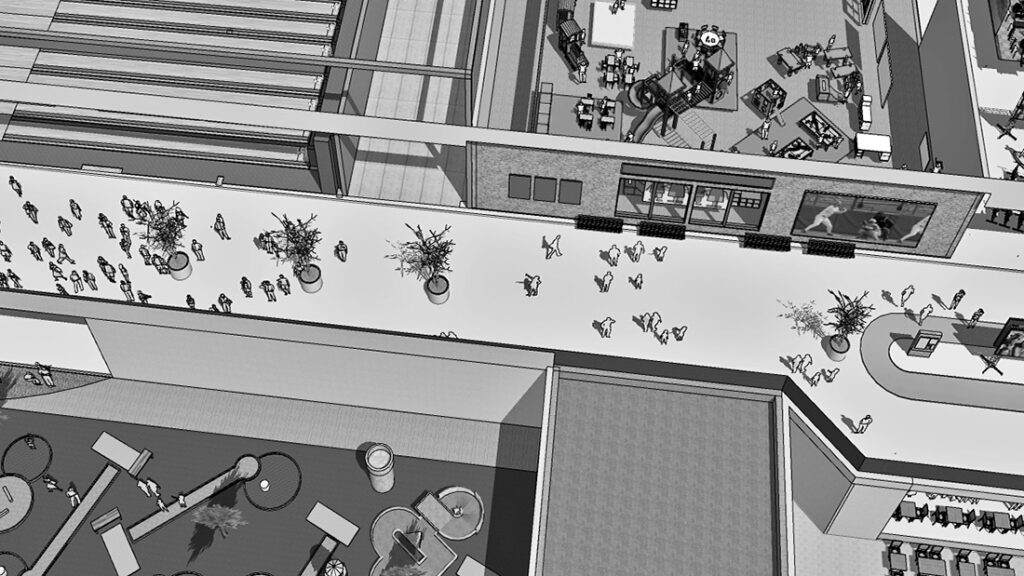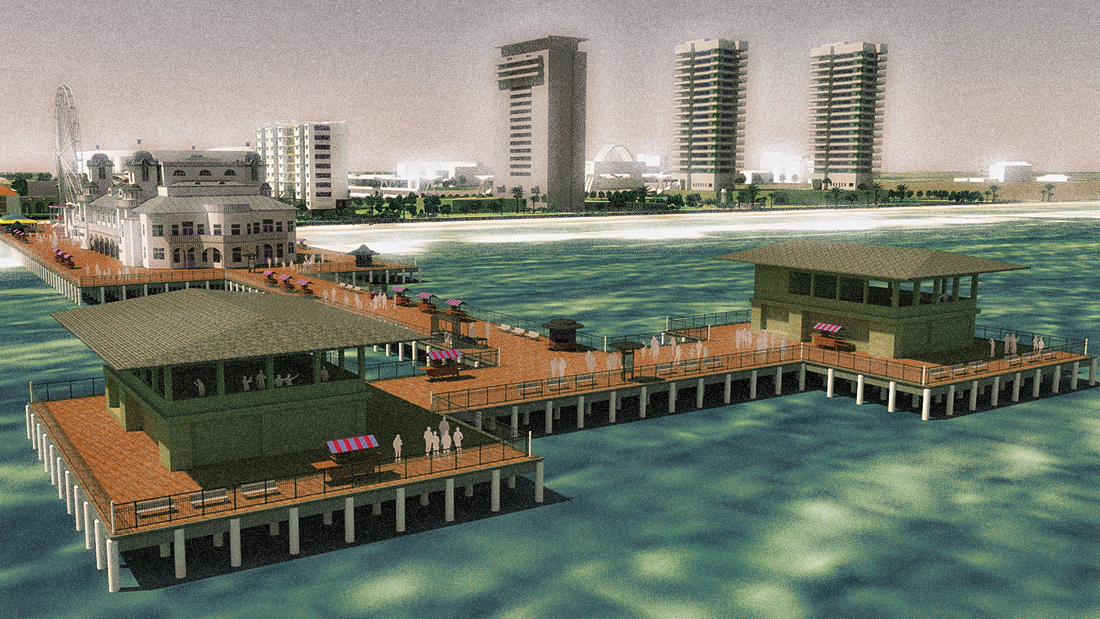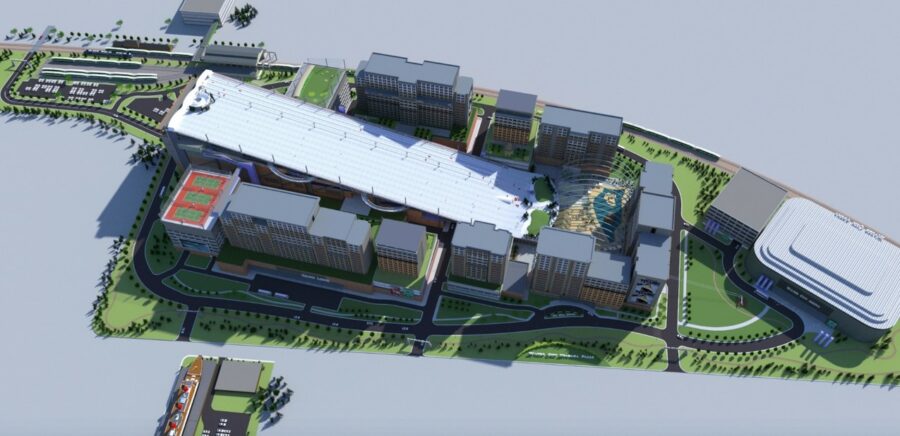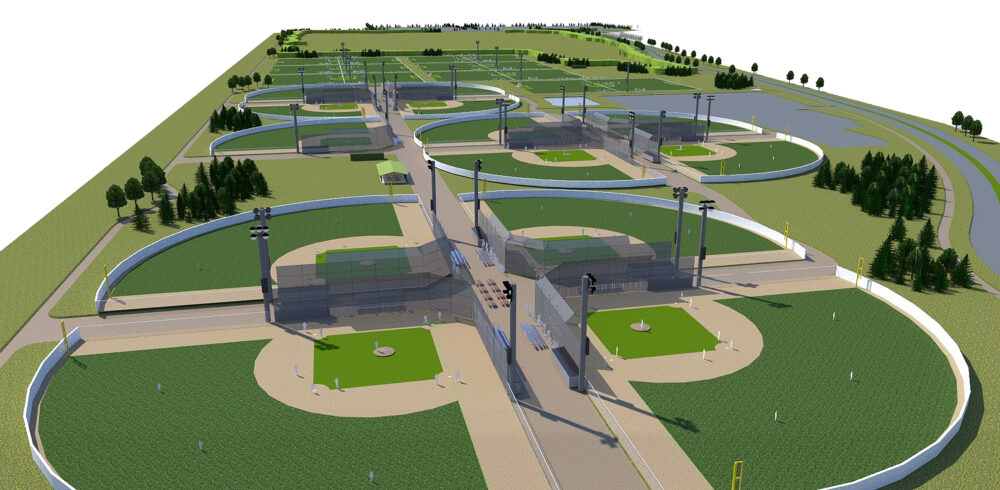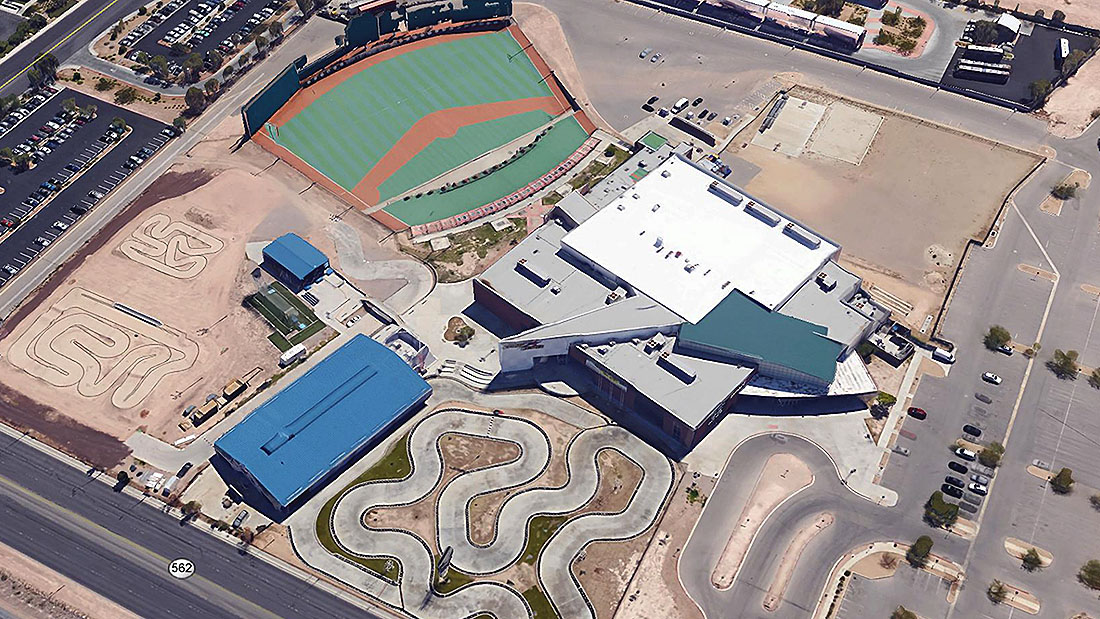Immersive Studio Theme Park for MENA Region
Adventure Entertainment Cos. has been supporting StoneCreek Partners in its feasibility and project concepting. This project is an immersive studio theme park slated for the MENA region (confidential sovereign client).
The project concept is our first effort at “Place as a Living Character” experiential design, which we believe is the next area of concepting coming to immersive attractions. The fully integrated show control the 100+acre immersive park includes Generative A/I (augmented reality) and REALISM+ shape-shifting guest environments.
Experiences in exploration for this immersive Studio Theme Park include walkthroughs, ride-throughs, live performances, living story immersions, and digital effects. All experiences include A/I directed guest recognition and response, and Unreal Engine rendered moment-to-moment scenic backdrops.




